InternetKing
The Elite :-P
- Messages
- 3,787
- Reaction score
- 902
If War Breaks Out, Here's How Russia and Ukraine's Air Forces Will Face Off — Popular Mechanics
Plus, what would happen if NATO decided to intervene.
If War Breaks Out, Here's How Russia and Ukraine's Air Forces Will Face Off
Plus, what would happen if NATO decided to intervene.
BY KYLE MIZOKAMI FEB 15, 2022
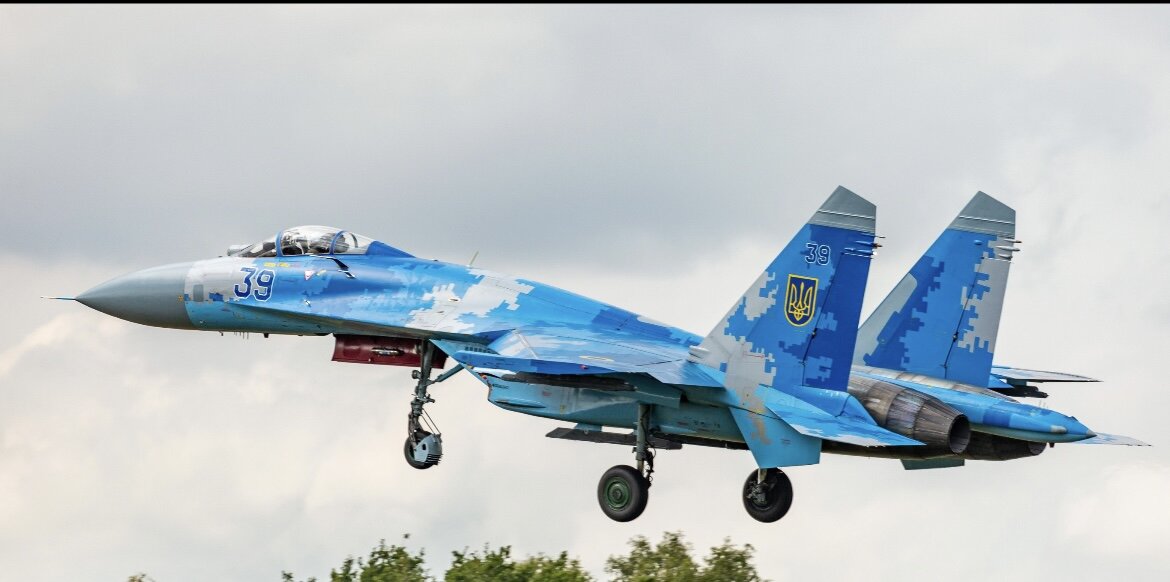
- According to the U.S. government, Russia may invade Ukraine as early as this week.
- If it does, Russia will quickly gain air superiority over Ukraine, allowing its air force to turn its attention to supporting troops on the ground.
- Ukraine's only hope would be an intervention of NATO air power, but that is unlikely.
If a war breaks out in Ukraine, its small air force likely wouldn't last long, and might resort to hit-and-run raids against Russian forces. Meanwhile, Russia's overwhelming advantage in fighters, attack aircraft, and land-based missiles would pummel the Ukrainian Air Force from the outset, leaving few, if any, places where defending air power could hide.
Russia needs to achieve air superiority at the outset of a conflict to hasten an end to war—and that's entirely possible against Ukraine, alone—but an intervention of NATO air power would upend Moscow's chessboard. Here's what you need to know about the air forces of Russia, Ukraine, and NATO if war does break out.
Part I: The Ukrainian Air Force
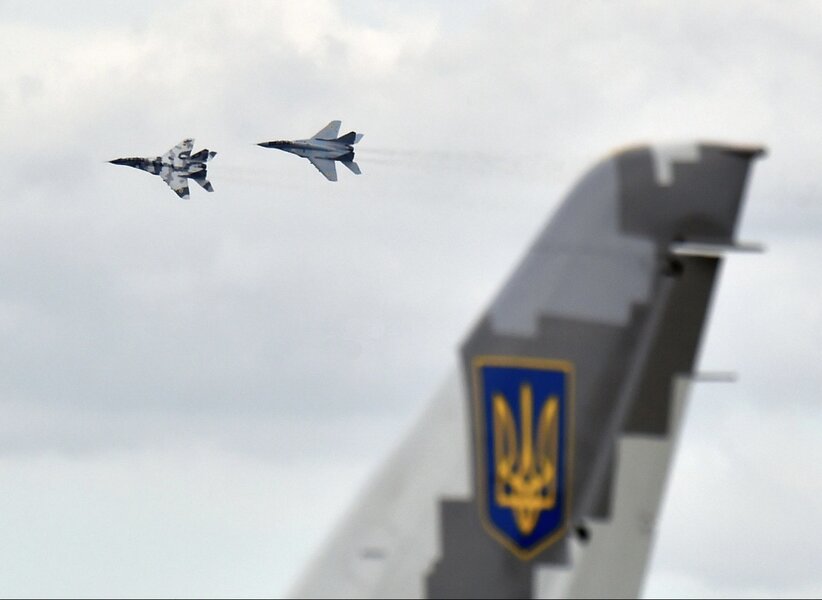
The Ukrainian Air Force has just 69 fighter jets in operation according to Flight Global's Air Forces 2022 almanac. That includes 43 Mikoyan-Guerevich MiG-29 "Fulcrum" multi-role fighter-bombers and 26 Sukhoi Su-27 "Flanker" air superiority fighters (pictured at the top of this story). All of the fighters were built during the Cold War, based in the Ukrainian Soviet Socialist Republic; Kyiv inherited the fighters when the Soviet Union collapsed in 1991.
In other words, all of Ukraine's fighters are at least 31 years old and the modern state has never bought a new fighter jet. The age problem is exacerbated by Ukraine's inability to access new upgrades, weapons, and spare parts for both types of plane, which arch-enemy Russia produces. It's unclear how many of Ukraine's fighters are actually in flyable condition.
Kyiv has upgraded some MiGs and Sukhois with electronics upgrades (including a new radar and navigation system for the MiGs), navigation systems, helmet-mounted targeting systems, automatic flare dispensers, and a new aircraft computer for the Sukhois. However, the number of upgraded aircraft is apparently low and bordering on insignificant. In 2020, Ukraine launched a new air force spending plan, Vision 2035, which anticipates buying $12 billion in new aircraft, including fighter jets likely bought from NATO countries.
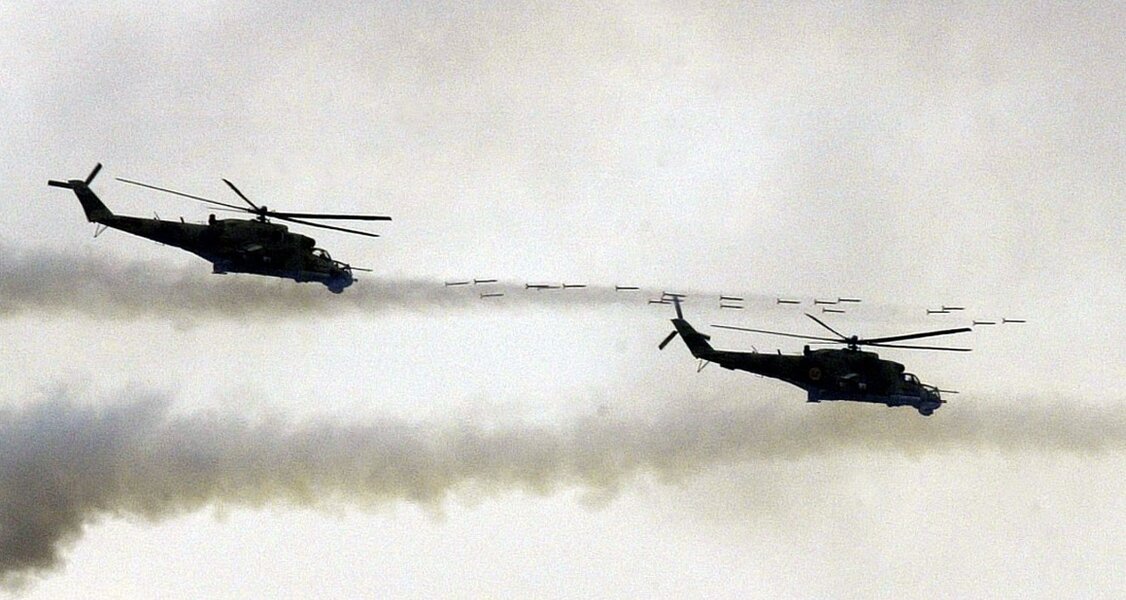
Ukraine also has a small fleet of attack-and-strike aircraft. That includes 12 Su-24 "Fencer" aircraft, originally meant to conduct low-level strikes on NATO targets during the Cold War, plus another 17 Su-25 "Frogfoot" close air support planes, similar in purpose to the American A-10 Warthog. The Army also operates 34 Mi-24 "Hind" attack helicopters. Again, all of these aircraft predate the fall of the Soviet Union and are very old. Not only does this make them more difficult to operate and vulnerable to Russian fighters, it also makes them very vulnerable to Russian air defenses, including Tor low-level air defense systems, Buk medium-range systems, and the S-400 "Triumpf" long-range systems.
Part II: The Russian Air Force
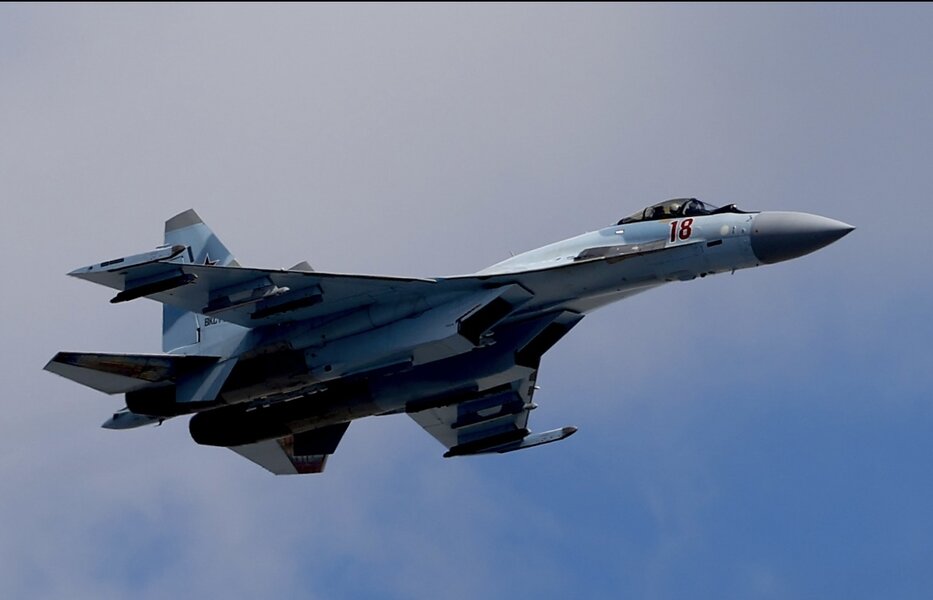
Russia, on the other hand, has a much, much larger aerial armada at its disposal. According to Flight Global's 2022 Air Forces almanac, Russia has more than 1,000 fighters, fighter-bombers, and attack aircraft. Though many are old, Moscow has updated a significant number of those aircraft with more modern technology and weapons. For example, Russia has 350 Su-27-type aircraft alone, including newer Su-27SMs and the latest version, the Su-35 "Flanker-E." Russia's Su-27-types, unlike Ukraine's, have newer, more powerful air-to-air radars, the latest avionics, and fully modernized air-to-air and air-to-ground weapons.
While Russia's air fleet is scattered across the country, it can be quickly concentrated in any one particular theater with relative ease. Russian air bases opposite Ukraine also have seen an uptick in activity as military aircraft from across the country are filtering in, possibly to participate in an air war.
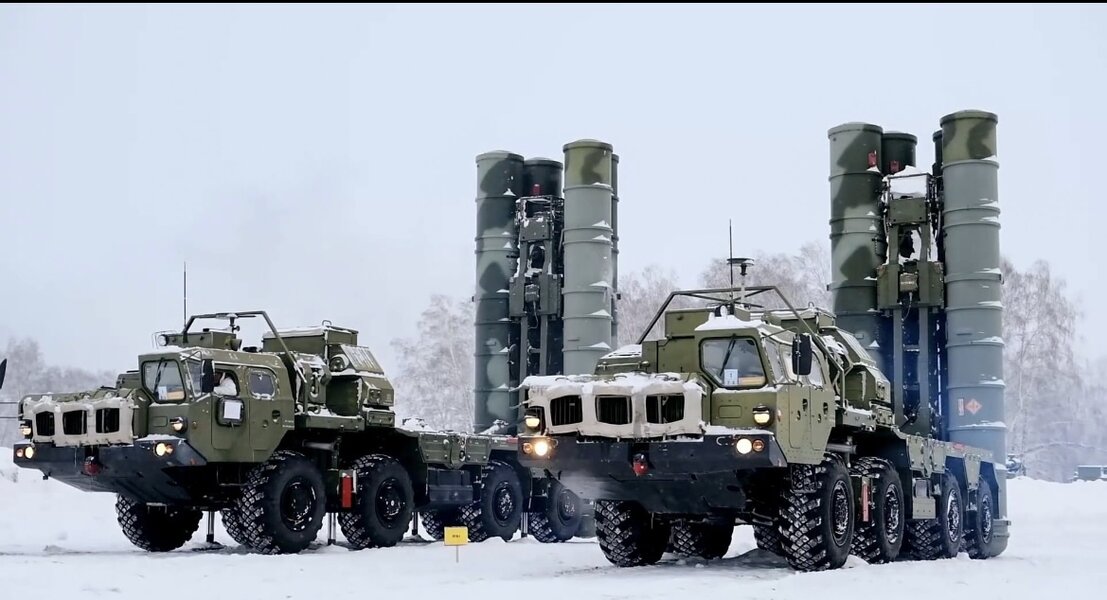
Air power is not strictly limited to fighter jets, though. Russia has deployed S-400 long-range surface-to-air missile systems near the Russia-Ukraine border and Belarus. The S-400—roughly equivalent to the American Patriot missile system—is formidable, capable of engaging aircraft, drones, cruise missiles, and even ballistic missiles. The S-400's maximum range of 248 miles would allow it to engage Ukrainian aircraft while remaining in Russia, adding to Ukrainian pilot woes. Russian attack-and-assault transport helicopters have also been massing in the region and would allow Russia's air assault forces (VDV) to seize and hold key objectives far behind Ukrainian lines.
Finally, Russian tactical ballistic missiles, particularly the Iskander-M short-range missile, would target Ukrainian command and control centers, supply depots, marshaling points, and most importantly, air bases. According to the Wall Street Journal, Russian Iskander brigades, stationed in Russia, Belarus, and occupied Crimea, could launch as many as 448 of the missiles within an hour, and are in position to target 95 percent of Ukrainian territory. Iskander-M has a range of 310 miles, is equipped with a 1,543-pound conventional high-explosive or nuclear warhead, and is accurate to within 15 feet.
In the event of hostilities, the prognosis for the Ukrainian Air Force is grim. Russia would target Ukrainian air bases with air strikes, Iskander-M strikes, and artillery. And air bases are relatively easy to shut down—even small amounts of debris can prove dangerous to high-performance jet engines, which can suck them in and wreck fast-rotating fan blades. Any Ukrainian aircraft that makes it into the air will encounter numerically superior Russian aircraft, and the closer to the border they fly, the more at risk they will be to Russian air defenses. Advancing Russian ground forces could even capture Ukrainian air bases, with those between the Dnieper River and the Russian border particularly vulnerable.
Part III: NATO Air Forces
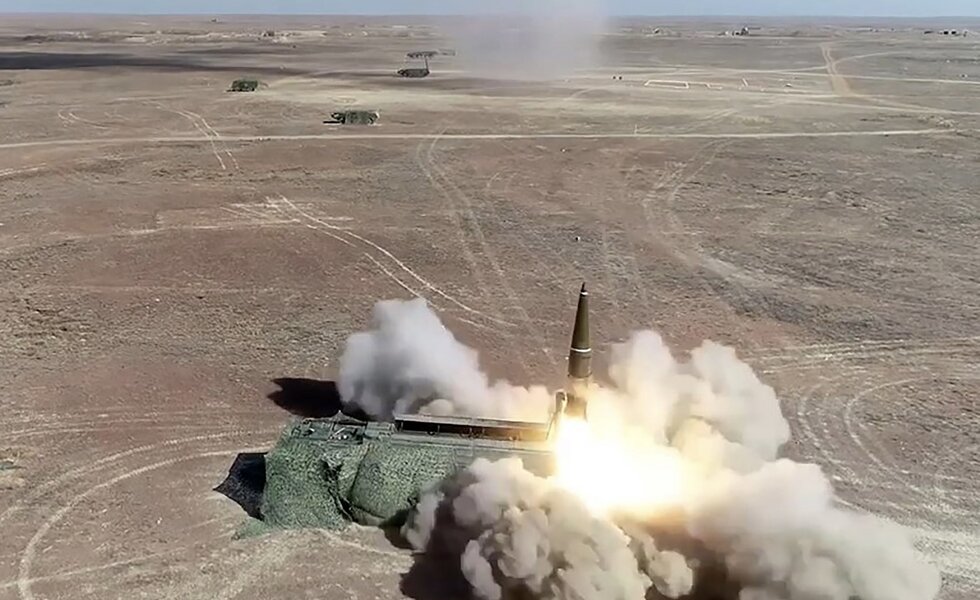
Ukraine is likely to lose air superiority within the first 24 hours of a potential war. The only possible way the balance of air power could shift is if NATO intervenes. For now, NATO air forces (read: mostly the U.S. Air Force) are concentrating on protecting the airspace of member nations adjacent to Ukraine, particularly Poland, Romania, and the Baltic States of Lithuania, Estonia, and Latvia. If NATO did join the conflict, a flood of warplanes would enter the skies over Ukraine—including fifth-generation fighter jets like the F-22 and F-35— and bombers would fly in from faraway bases in the continental United States. In that case, Russia could quickly lose air superiority in the Ukraine theater, then watch its ground forces get pounded relentlessly from above.
If war starts, Russia will quickly seize control of Ukrainian airspace, and short of World War III, there is not much anyone can do about it. Still, Ukraine has emerged as a bulwark to Russian expansionism, and NATO is beginning to fathom the importance of the country in keeping Moscow in check. The only consolation for today's Ukrainian Air Force is that if the country survives this crisis as an independent state, outside help will ensure Ukraine will likely have a much more modern—and lethal—air force in the future. If it survives.

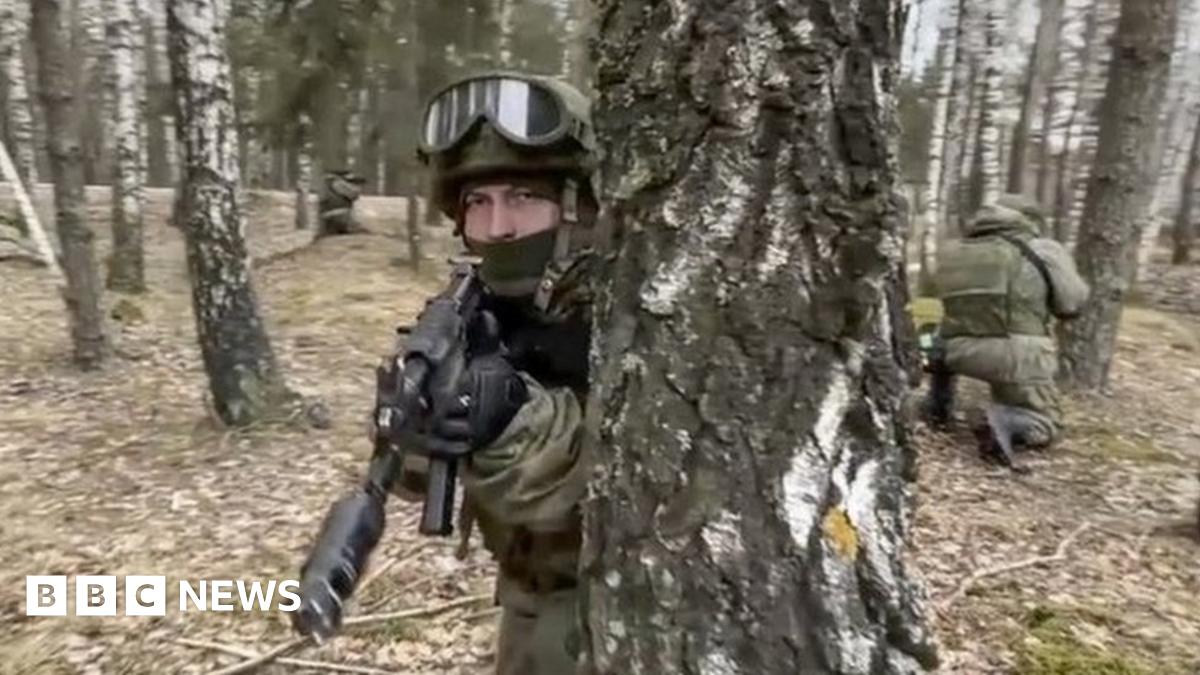
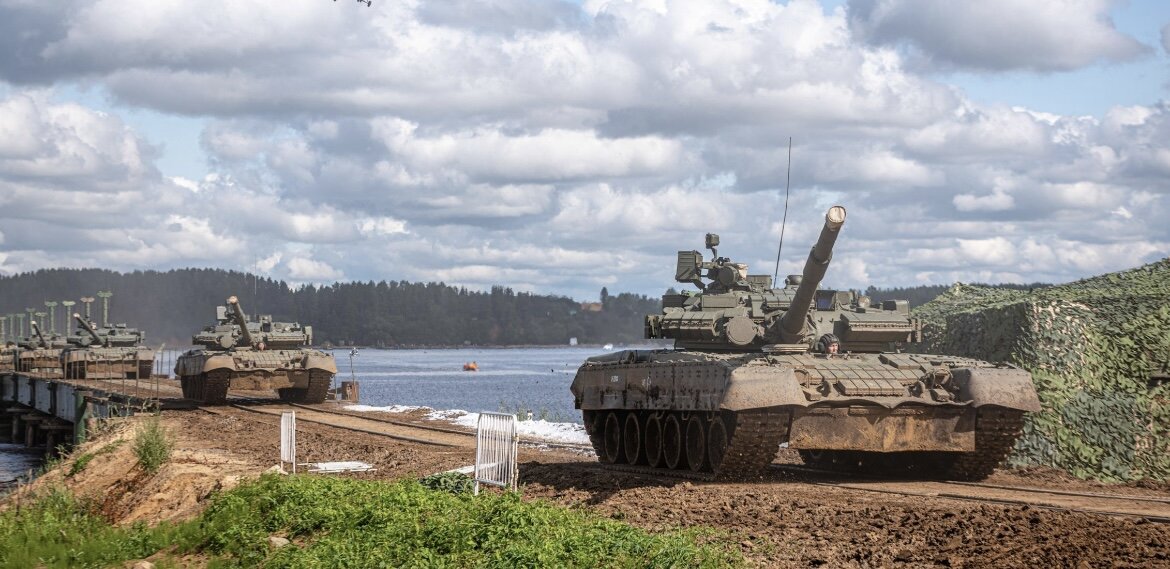
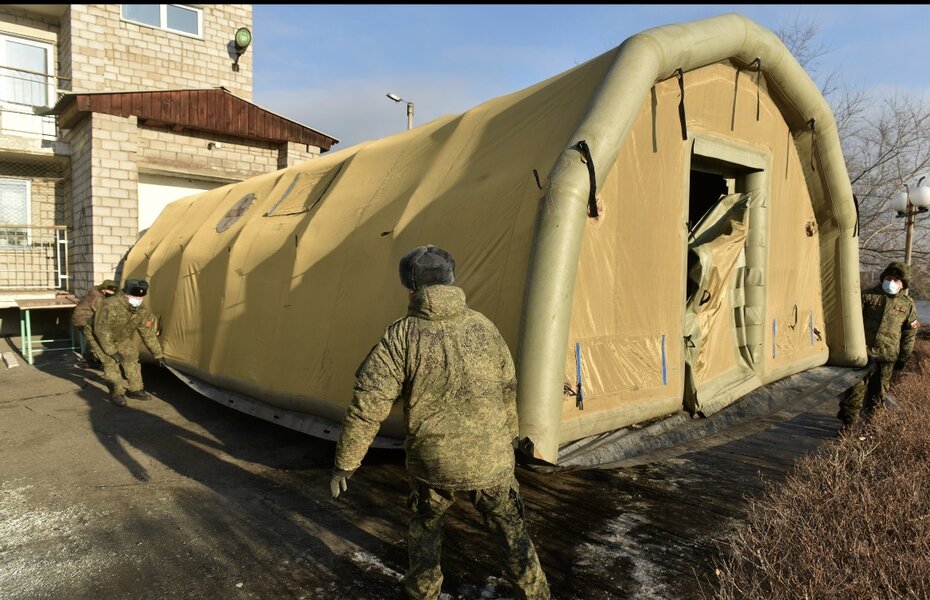
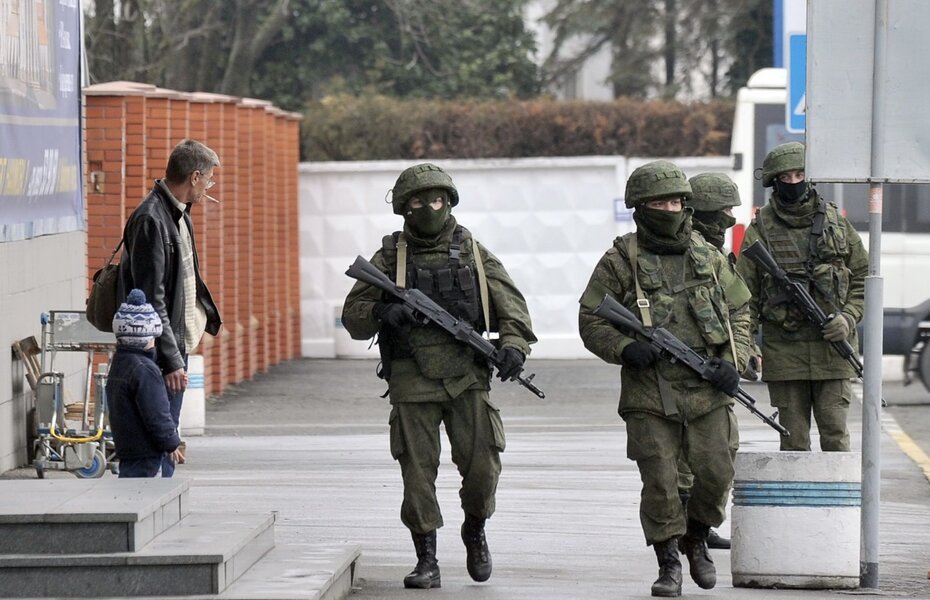
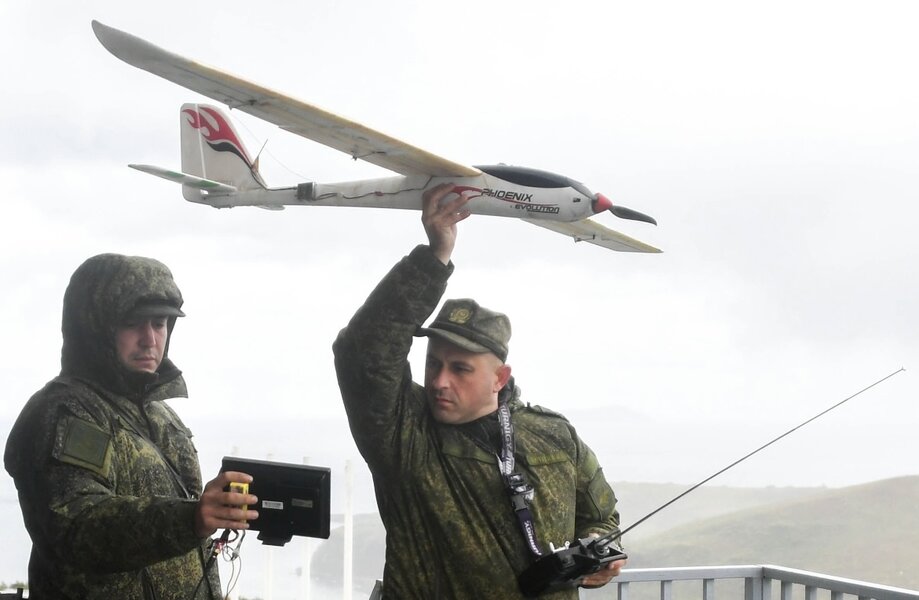

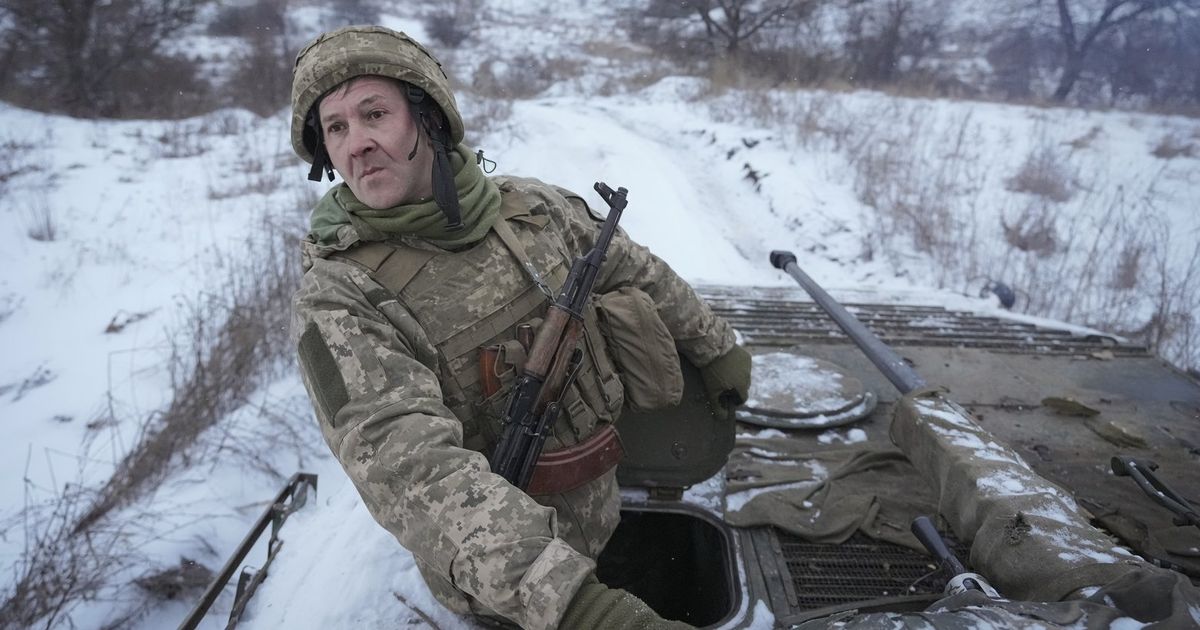

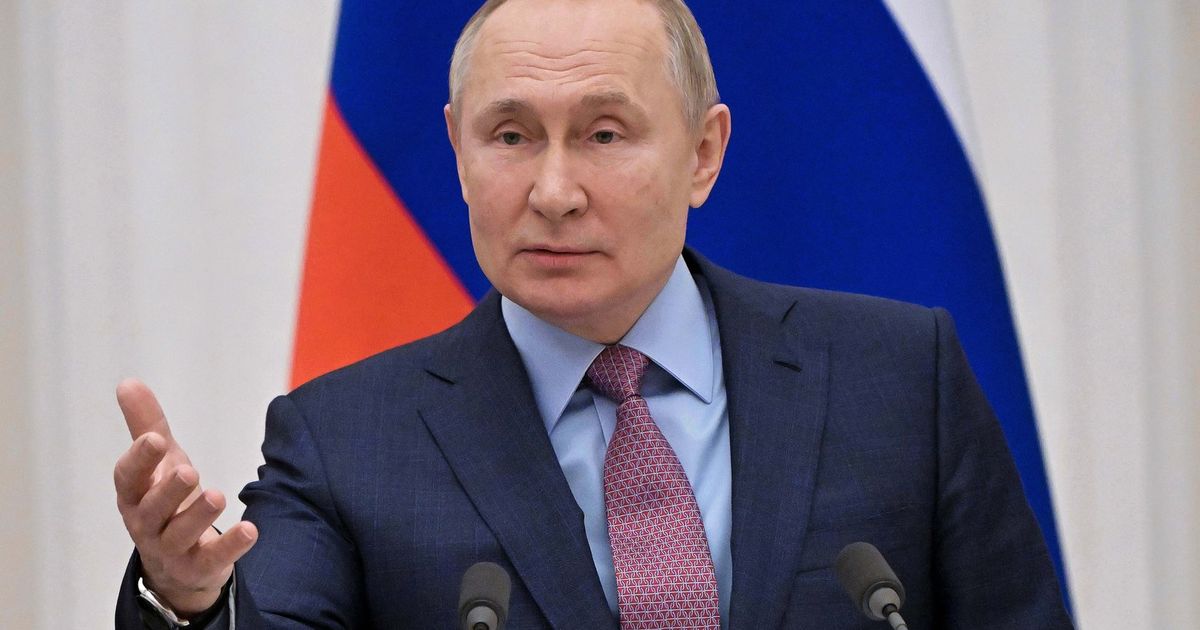
/cloudfront-us-east-2.images.arcpublishing.com/reuters/MKLCQOPXPFKYTKKRBLKXUW7UFY.jpg)
/cloudfront-us-east-2.images.arcpublishing.com/reuters/TPP5A2JPDVLVPEUPJLP6GXXFDI.jpg)
/cloudfront-us-east-2.images.arcpublishing.com/reuters/B6I3GESN3VNW7MSHMDWJNNTSUE.jpg)
